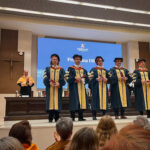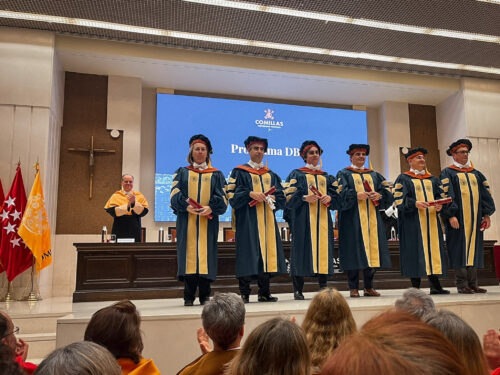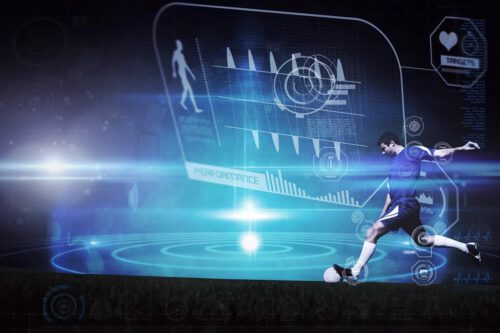De nuevo otro viaje de vuelta de Boston,
como ya he comentado con anterioridad en este blog, llevo ya algún tiempo en el MIT (Massachusetts Institute of Technology) y lo principal es los efectos que esto tiene en términos de conocimiento e intercambio de ideas.
Estos espacios de reflexión, y sobre todo en contacto con centros de excelencia como es el mismo MIT tienen un efecto que yo me voy a permitir llamar “neuroconector”.
As I already mentioned earlier in this blog, I have spent some time at MIT (Massachusetts Institute of Technology) , the main thing is the effects this has in terms of knowledge and exchange of ideas.
These spaces for reflection, especially in contact with centers of excellence such as MIT have the same effect which I call “neuroconector”.Al igual que las neuronas de un cerebro se conectan entre sí ante determinados estímulos formando redes neuronales, lo que he experimentado y sigo haciéndolo en mi paso por el MIT es cómo ideas y proyectos que yo ya venía desarrollando se disparan al encontrarse con conceptos similares o que tienen áreas comunes, formando redes conceptuales.
Like the neurons of a brain are interconnected faced with certain stimuli forming neural networks, what I have experienced and still do in my time at MIT is how ideas and projects I was already developing are triggered to find similar items or with common areas, forming conceptual networks.
En este caso, estoy hablando de materiales que piensan (“materials that think”). De materiales con un comportamiento propio aplicado a estructuras. Ya en algún post anterior he hablado de tecnología tangible.
En el MIT hay proyectos que de alguna manera tocan este concepto, y eso se suma al desarrollo propio que desde hace algún tiempo vengo desarrollando en Carbures. Como digo más arriba, el paso por el MIT está suponiendo una inspiración y un acelerador en el desarrollo de una idea preexistente: “materials that think”.
In this case, I am talking about “materials that think”. Materials with an own behavior applied to structures. I already talked about tangible technology in a previous post.
At MIT there are projects that somehow touch this concept, and that adds to the own developments that Carbures has been working for some time now. As I say above, the contact with MIT is an inspiration and an accelerator in the development of a pre-existing idea: “materials That Think”.Y así, el efecto “neuroconector” sigue funcionando y la red continúa creciendo. Una red muy tangible hecha de “materiales que piensan”.
And in that way, the “neuroconector” effect keeps working and the conceptual network is growing. A very tangible net made by “materials that think”.
UN AVANCE DE LO QUE VIENE (a preview of what’s coming)








